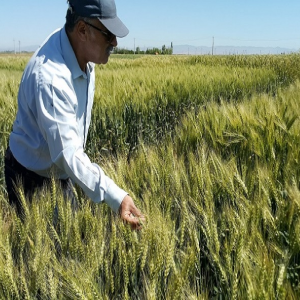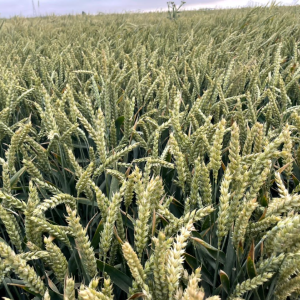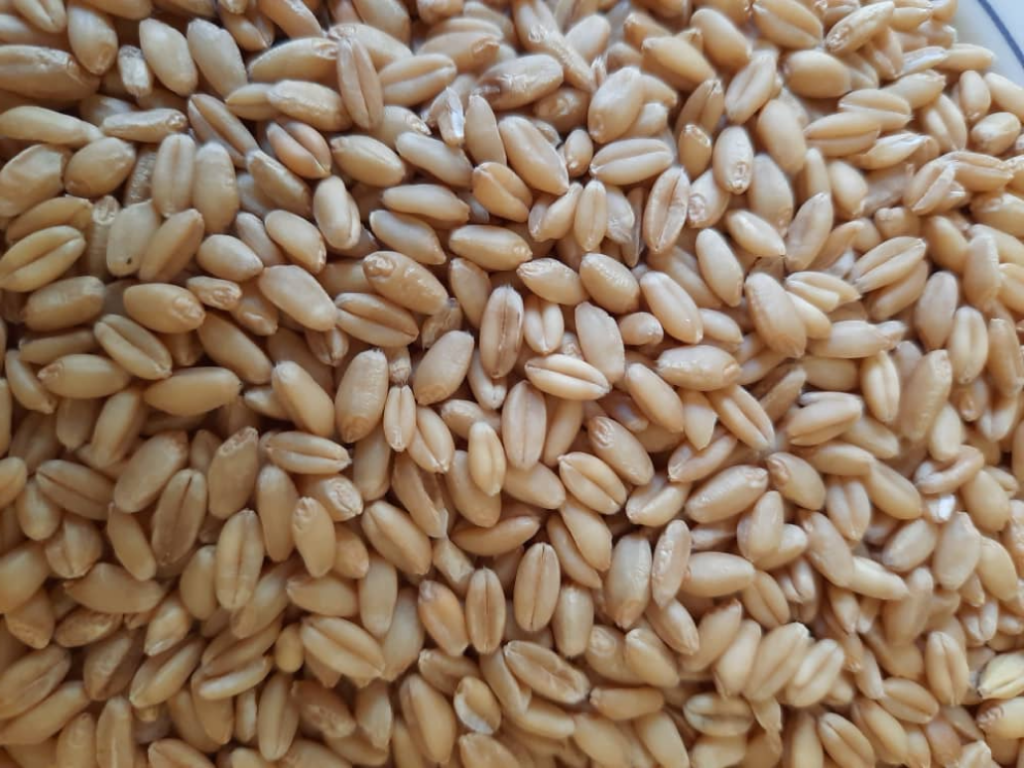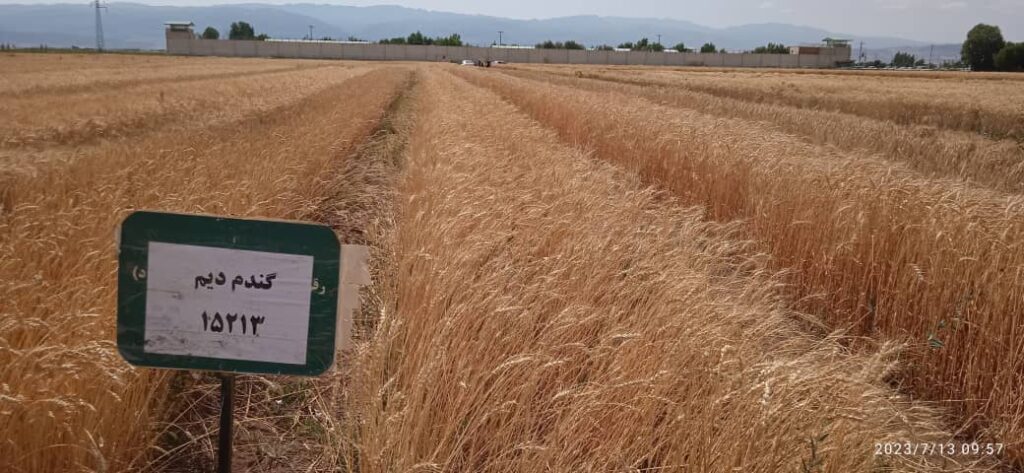Azar Zarkesht Pioneers Plant Breeding Co. (AZP)
Activities and Achievements in Brief
Due to imminent water shortage problems and climate change occurrences in Iran, reducing water consumption by developing wheat cultivars with high water productivity and less demand for irrigation is one of the solutions for combatting water crises. The main sector of water usage in Iran is allocated for agricultural activities which is facing mismanagement while water productivity of commercially grown wheat cultivars is low.
Azar Zarkesht Pioneers (AZP) is a private Knowledge-based wheat breeding company which has begun its activities in breeding wheat varieties suitable for both irrigated areas dealing with water shortage and breeding for rain-fed dry areas prone to terminal drought stress.



The wheat breeding program was started by hybridization among several improved national/international and local wheat germplasm in the Ardabil Research Farm located at km 12 of the city of Ardabil to Khalkhal highway in 2010. However, more consistent research plans were officially started in 2013 according to the research contract and agreement with the Agronomy Deputy of Agricultural Ministry and the Scientific Committee of the lake Urumia Restoration Program to develop bread wheat cultivars with high water productivity and high grain yield potential for irrigated wheat areas of the lake Urumia basin.
Lake Urumia is the largest hypersaline lake in the Middle East and one of the world’s largest hypersaline lakes, which in the past years has severely shrunk in size due to excessive water usage for field crops production. Wheat cultivation areas around the lake Urumia basin reaches about 120,000 hectares in the three provinces of East Azerbaijan, West Azerbaijan and Kurdistan. Water resource limitation along with increasing temperatures and low precipitation are also the major limiting factors of wheat production in other parts of the country.
One solution for tackling excessive water usage in the agricultural sector is developing adapted wheat cultivars with high water productivity, less water demand and tolerance against heat and drought stresses. Iimplementation of the continued and progressive research plan of lake Urumia resulted in the release of Salar, Payam and Farshid cultivars in 2020. According to the signed contracts with the Ministry of Agriculture, the technical knowledge and breeder seeds of these cultivars were transferred to the Seed & Plant Improvement Research Institute (SplI )in Karaj (Iran), for seed multiplication in cold and temperate regions of the country.




Also, in 2024 we released other two high-yielding new cultivars by up to 12500 kg/ha grain yield capacity and higher water productivity of up to 2.3 ratio kg grain weight to water used. These cultivars are namely Chichast, the ancient name of lake Urumia with the entry number of 4076 and Keshavarz with the entry number of 5008. These two products have 15-22% yield superiority compared to commercially grown cultivars. These varieties can also be cultivated in dry areas with limited irrigation conditions.
Furthermore, three newly high yielding cultivars with good agronomic performance were introduced to the Seed and Plant Certification and Registration Institute (SPCRI) for passing Variety for Cultivation Use (VCU) and Distinctive, Uniformity and Stability (DUS) tests which are compulsory tests in the registration process. It is expected that these three winter/ facultative new cultivars will be released by 2026. These cultivars are highly adaptive to different agroclimatic conditions which allows them to be cultivated in most regions of the world. This company is interested in making the intellectual properties rights of wheat cultivars available to seed producer applicants.


Since climate change has caused additional negative effects on wheat production in dry rain-fed areas, another major research activity of the company is improving yield in dry rain-fed areas. Commonly grown cultivars in dry rain-fed areas have low yield potential, susceptible to yellow rust disease, lodging and poor bread making quality. Also, our company started conducting a national breeding plan for developing wheat cultivars for dry land areas of cold and temperate climates in 2012. Development of high yielding drought and heat stress tolerant wheat cultivars helps increase wheat production and farmers’ net profit. Increased production in dryland areas also indirectly helps alleviate the looming water crisis in irrigated areas. In 2020, we released the Azaran bread wheat for temperate dryland areas with 250 millimeters (or above) precipitation for western Iran. This variety is a dual-purpose facultative wheat which is suitable for both dry rain-fed areas and regions which requires just 1-2 times the supplemental irrigation. In the province of Kermanshah, the average grain yield of this cultivar has varied from 3000 to 4500 kg/ha, depending on climatic condition variations.


For both cold and temperate dry regions with low rainfall of 200 millimeters or above, wheat number 15213 was released with the name of Mahoor in 2024. This new facultative variety has a higher yield and good agronomic characteristics such as yellow rust resistance and lodging resistance than commercially grown cultivars. According to the results of VCU tests conducted in 2022-23 growing seasons by the SPCRI institute in three locations (Zanjan, Kermanshah and Lorestan) which faced drought stress, the average grain yield of the Mahoor cultivar was reported 4036 kg/ha compared to 2975 and 2999 kg/ha in Hashtrood and Baran commercially grown varieties, respectively.



Also, in 2023 and 2024, six highly improved wheat lines with different agronomic characteristics including wheats number 15017, 15205,15216, 16019, 16030 and 16208 were introduced to the SPCR institute for a two-year evaluation and registration process.



CEO, Siroos Mahfoozi, Principal Scientist & Wheat Breeder (Ph.D.)

